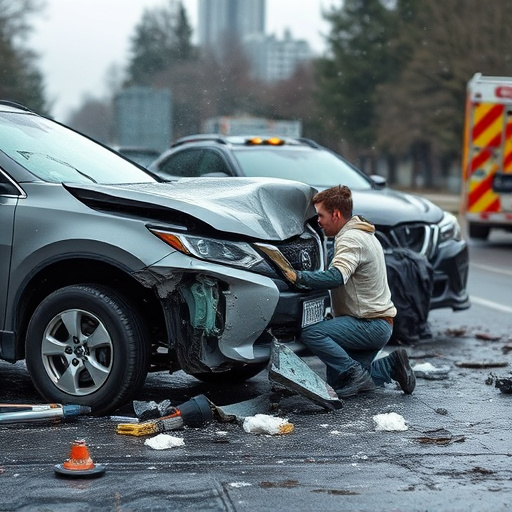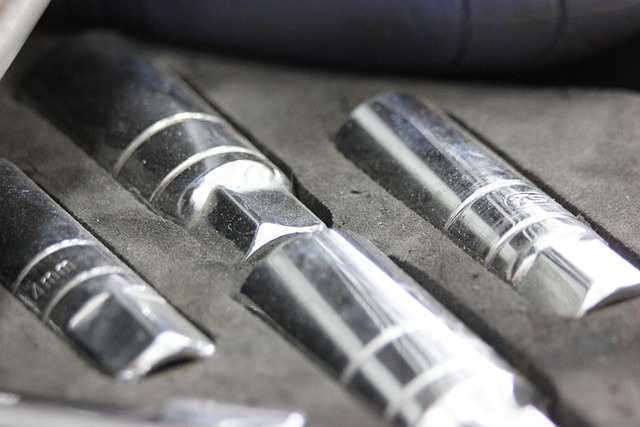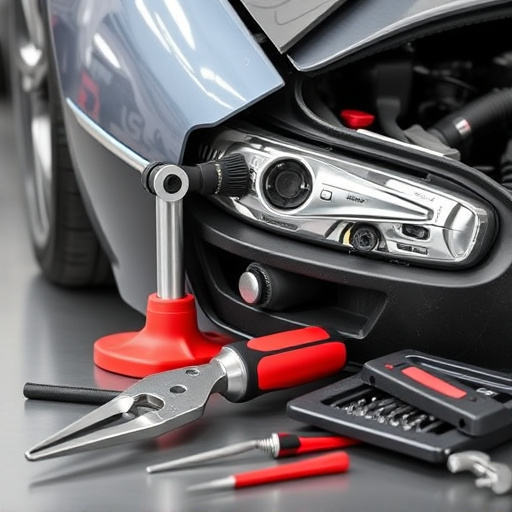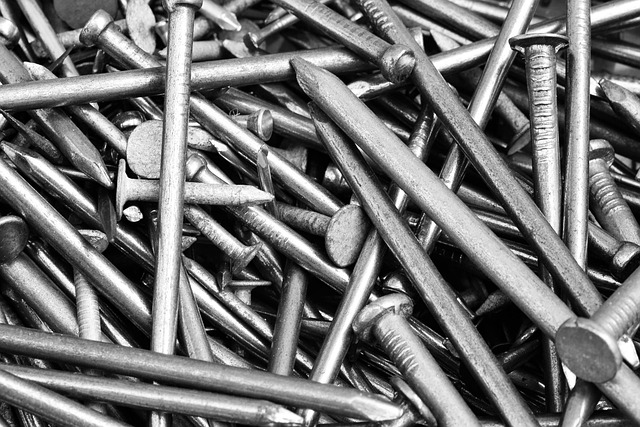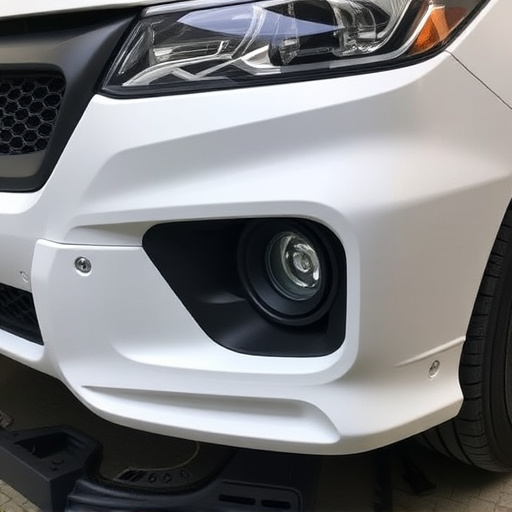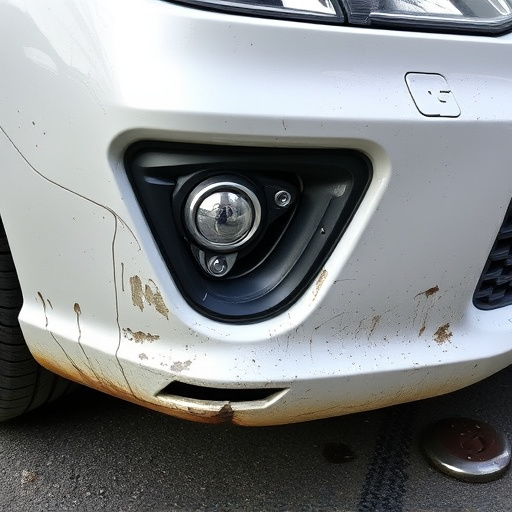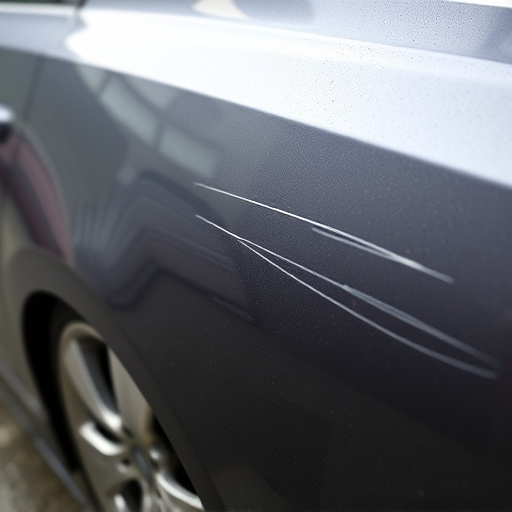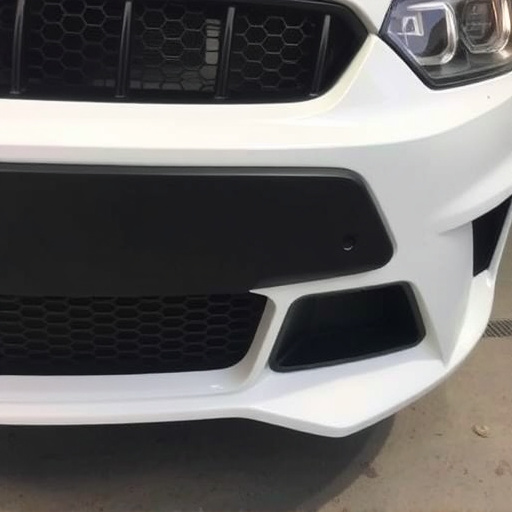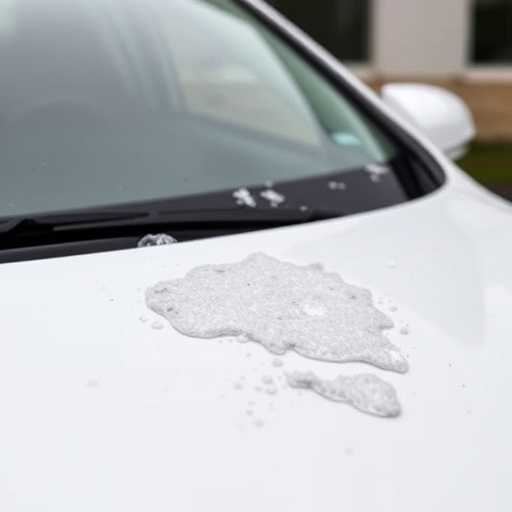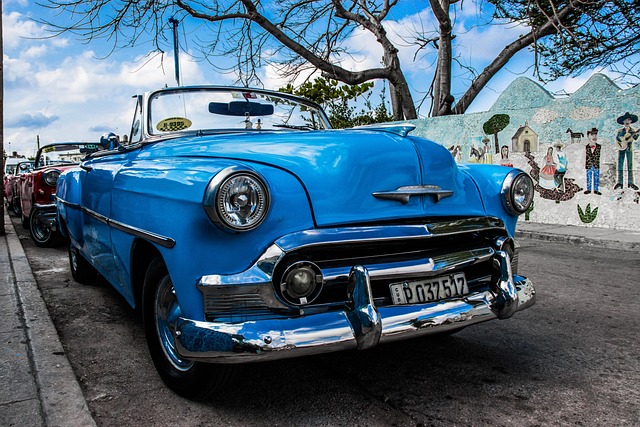Windshield calibration is essential for modern vehicle safety systems like lane departure warnings and adaptive cruise control. Technicians at auto body repair shops use specialized equipment to ensure accurate alignment, crucial for obstacle detection and distance calculations. Even minor deviations can lead to false readings or misjudgments, compromising active safety features. During auto body repair, prioritizing windshield calibration ensures not just cosmetic restoration but also optimal operation of life-saving technologies.
In today’s advanced automotive landscape, safety systems are more sophisticated than ever. Yet, their effectiveness hinges on an often-overlooked pillar: windshield calibration. Accurate windshield calibration ensures the precise functioning of various systems, from cruise control and lane departure warnings to airbag deployment. This article delves into the significance of windshield calibration, exploring its impact across critical safety features and the techniques employed to maintain unparalleled precision.
- Windshield Calibration: The Unseen Pillar of Safety
- Impact on Systems: From Cruise Control to Airbag Deployment
- Ensuring Precision: Techniques and Technologies Employed
Windshield Calibration: The Unseen Pillar of Safety
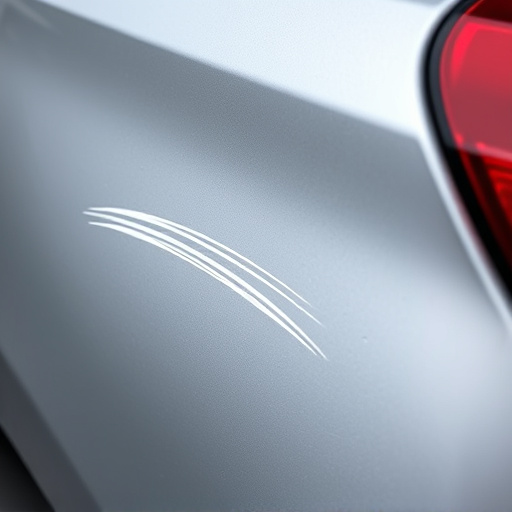
Windshield calibration is a critical yet often overlooked aspect that forms the unseen pillar of modern safety systems in vehicles. It’s an intricate process that involves precise alignment and measurement to ensure the optimal performance of safety features like lane departure warnings, adaptive cruise control, and forward collision avoidance. In a car repair shop or Mercedes-Benz collision repair center, technicians use specialized equipment to calibrate windshields, mapping out the exact position of various sensors and cameras hidden behind the glass. This meticulous process is vital for these advanced driver assistance systems (ADAS) to function accurately, enabling them to detect obstacles, calculate distances, and make split-second decisions to enhance road safety.
Accurate windshield calibration ensures that these safety systems work in harmony, providing drivers with a reliable warning system and, in some cases, automatically intervening to prevent accidents. Even the slightest deviation from the calibrated position can lead to false readings or misjudgments by these sensors, potentially compromising the effectiveness of active safety features. Therefore, when taking your vehicle for auto body repair, it’s crucial to ensure that windshield calibration is part of the restoration process, ensuring not just cosmetic perfection but also the optimal operation of life-saving technologies.
Impact on Systems: From Cruise Control to Airbag Deployment
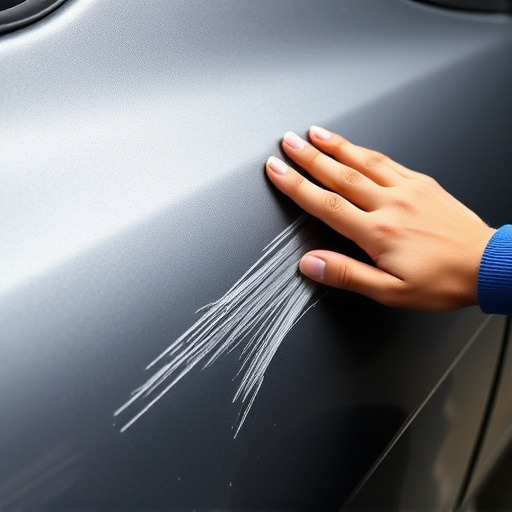
The accuracy of windshield calibration plays a pivotal role in the performance and reliability of modern safety systems. From advanced cruise control mechanisms to complex airbag deployment protocols, every feature relies on precise data from the vehicle’s front glass. Even the slightest deviation in calibration can lead to hazardous consequences. For instance, incorrect calculations during cruise control may result in unexpected speed variations, potentially causing accidents. Similarly, in case of a collision, misaligned sensors could fail to accurately trigger airbag deployment, leaving occupants at risk.
Windshield calibration ensures that all safety systems function as designed, enhancing overall vehicle security. An auto body shop specializing in car paint repair and auto painting services understands this critical aspect, offering precision windshield replacement and calibration as part of their comprehensive range of services. This is not merely about aesthetics; it’s about ensuring the safety of every driver and passenger on the road.
Ensuring Precision: Techniques and Technologies Employed
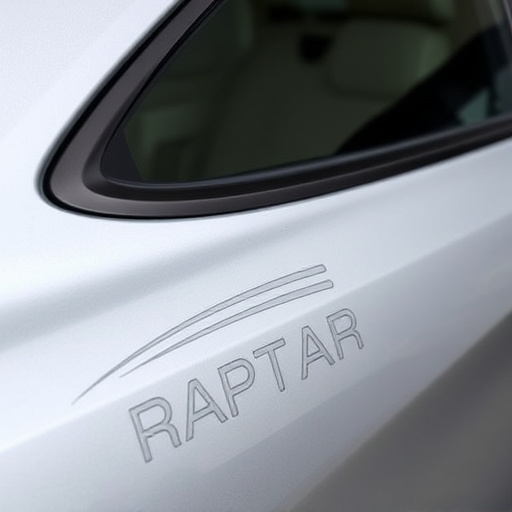
Ensuring precision in windshield calibration is paramount for safety systems to function optimally. Modern vehicles rely heavily on forward-facing cameras and sensors positioned behind windshields to detect obstacles, track lane markings, and enable features like adaptive cruise control, automatic emergency braking, and lane departure warning. Any imperfection or misalignment in the windshield’s curvature can disrupt these sensor readings, leading to inaccurate data interpretation by safety systems.
To maintain accuracy, car bodywork services and auto collision centers employ advanced techniques such as laser scanning and high-resolution imaging during windshield replacement or repair processes. These technologies enable meticulous measurements of the windshield’s surface profile, ensuring it aligns perfectly with the vehicle’s frame. Additionally, specialized coatings and laminates are used to enhance clarity and durability, minimizing light distortion that could impact sensor performance. Collision repair services also integrate sophisticated calibration equipment to fine-tune and recalibrate safety systems post-repair, guaranteeing their reliability and effectiveness in protecting drivers and passengers.
Accurate windshield calibration is the unseen yet critical cornerstone of modern safety systems. It ensures that everything from cruise control and lane keeping to airbag deployment functions seamlessly and effectively. As technology advances, precision in windshield calibration becomes ever more vital, fostering a safer driving experience for everyone on the road. By investing in advanced calibration techniques and technologies, automotive manufacturers can continue to revolutionize vehicle safety, making our journeys not just faster but also secure.
